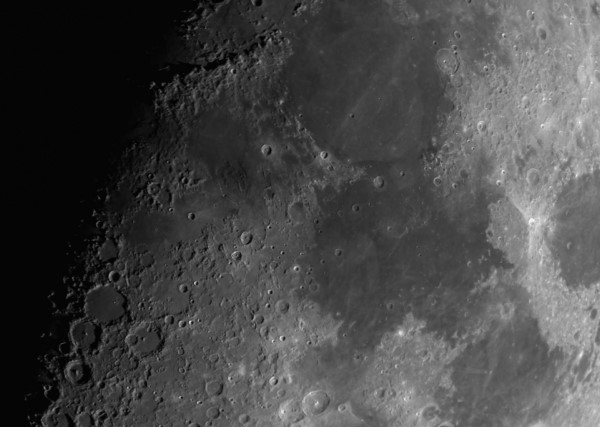To improve the resolution, scientists have developed a new method of zooming in topographic maps using images from the Lunar Reconnaissance Orbiter camera.

Studying the Stevns Klint limestone formation in Denmark, scientists have developed a method for interpreting shadows in images for more accurate topography. It is much faster and less time-consuming. The results of the work are published in the journal Planetary and Space Science.
Mapping of landforms on the moon is of great interest and is of great importance for the creation of future settlements and the development of resources. One of the first steps is mapping the topography with great detail and resolution. However, the Lunar Orbiter Laser altimeter (LOLA) provides low-resolution elevation maps compared to the dimensions of detailed geological features.
To improve the resolution, scientists have developed a new method of zooming in topographic maps using images from the Lunar Reconnaissance Orbiter (LROC) camera. Scientists used the relationship between topographic gradients and the degree of shading of incoming sunlight. Unlike previously published methods, the new approach is based on probabilistic linear inverse theory, and its computational efficiency is very high due to the formulation through the Sylvester equation. The method works with multiple images and includes albedo variations.
The surface of the Moon and rocky planets, in particular Mars, is of great interest to researchers of the Solar system. In addition, detailed mapping is important for the safe landing of rovers. For example, if the rover cannot see the details of the surface, it will easily get stuck in the sand or crash into rocks. Also, the precise topography of the surface gives rovers the opportunity to study interesting geological formations.
The problem is that until now, image analysis methods from orbiting spacecraft required huge computing power.
The method of studying shades of shadows existed before, but was computationally inefficient. The new approach uses more direct and accurate calculations and does not depend on a whole set of parameters that are entered into the computer.
